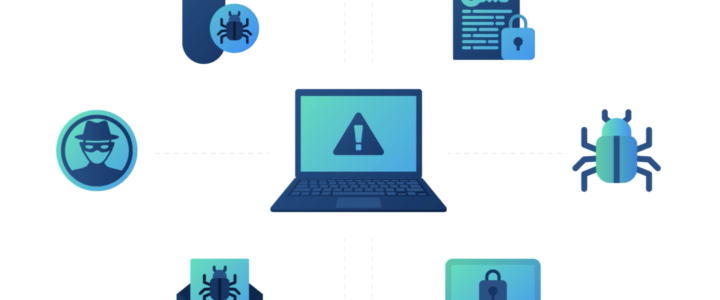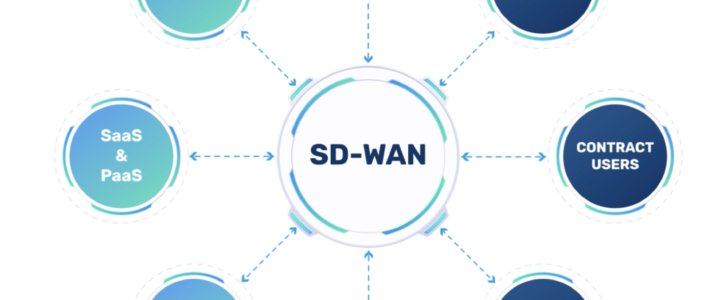

By John Witcher
Director of Client Engagement
One of the most important debates on cybersecurity these days is about choosing “the best option,” but does it exist? We always say that there’s no definitive answer, as every organization and network have different needs that need to be met.
EDR (Endpoint Detection and Response) and Virus Protection (or antivirus) are two of the most popular cybersecurity solutions. While both serve the crucial purpose of protecting your devices and data from malicious attacks, they operate on different principles and offer distinct layers of defense. Here are the key differences between the approach they have on key security aspects:
Known Vs Unknown Threats:
- Virus Protection: The key part of Antivirus is designed primarily to identify and remove known viruses, malware, and other types of malicious software. The key part of this is the known aspect, hence the reason to keep your antivirus on the latest release or version. Antivirus matches known patterns of threats to detect and prevent an attack.
- EDR: Is a more advanced security solution that goes beyond traditional antivirus capabilities. EDR focuses on detecting and responding to a wide range of cybersecurity threats, including known and unknown advanced threats. Using behavior-based analysis, AI, and machine learning to identify activities and indicators of an attack.
Detection Mechanism:
- Virus Protection: Uses signature databases that are regularly updated with the latest malware signatures. When a file or process matches a known signature, the antivirus software takes appropriate action to block or quarantine it.
- EDR: Monitors and analyze endpoint behavior in real-time, looking for anomalous activities or deviations from normal behavior. This allows EDR to detect new and unknown threats or those that use sophisticated techniques to evade traditional antivirus measures.
Response to an Attack:
- Virus Protection: Typically focuses on prevention. When it identifies a known threat, it will either quarantine the infected file or attempt to clean it, preventing it from causing harm.
- EDR: Is designed for both detection and response. When a threat is detected, EDR tools can take proactive actions to isolate the endpoint, terminate malicious processes, or limit the impact of the attack. Some clients are using Managed EDR, where a third party has “eyes on glass” watching for threats, providing awareness and actively terminating the bad actor.
Incident Investigation:
- Virus Protection: Usually does not provide in-depth forensic tools for investigating the details of a security incident.
- EDR: Has advanced investigation and forensics tools that allow security teams to analyze the root cause of an incident, understand the attack’s behavior, and develop appropriate mitigation strategies. Managed EDR solutions will actually deploy patches, suggest changes and implement strategies and provide detail forensic reports on the attach or breach.
In summary, antivirus software can be considered a critical component of basic cybersecurity, providing protection against known threats. On the other hand, EDR solutions offer a more comprehensive and proactive approach to cybersecurity by detecting and responding to a wider range of threats, including those that are unknown or known.
While many organizations use both antivirus and EDR as part of a layered cybersecurity strategy, EDR is becoming more prevalent to secure endpoints and networks. Technology Navigation can help you determine the option that better serves the cybersecurity needs of your organization. Our support goes until the end of the lifecycle of your solution. Contact us here.









